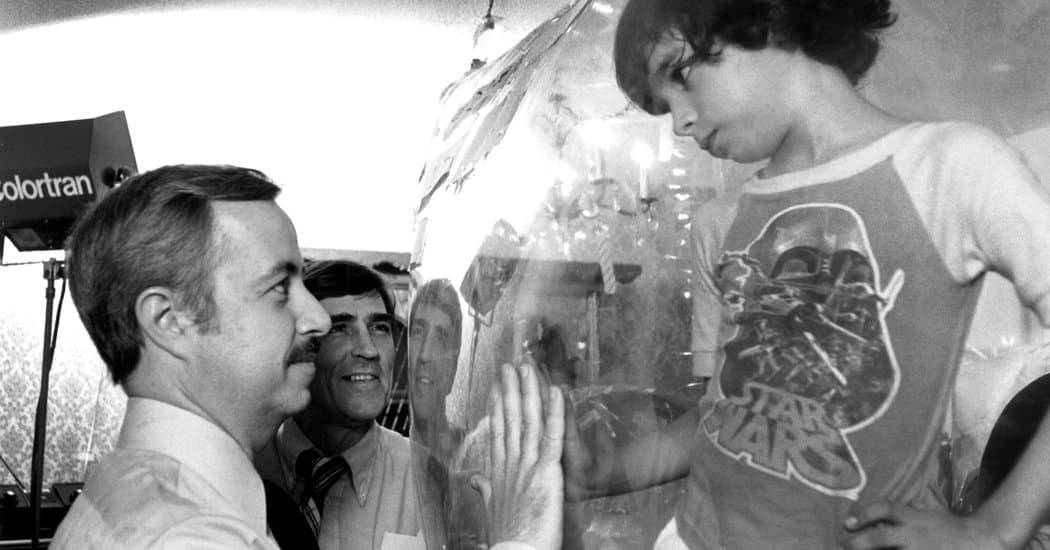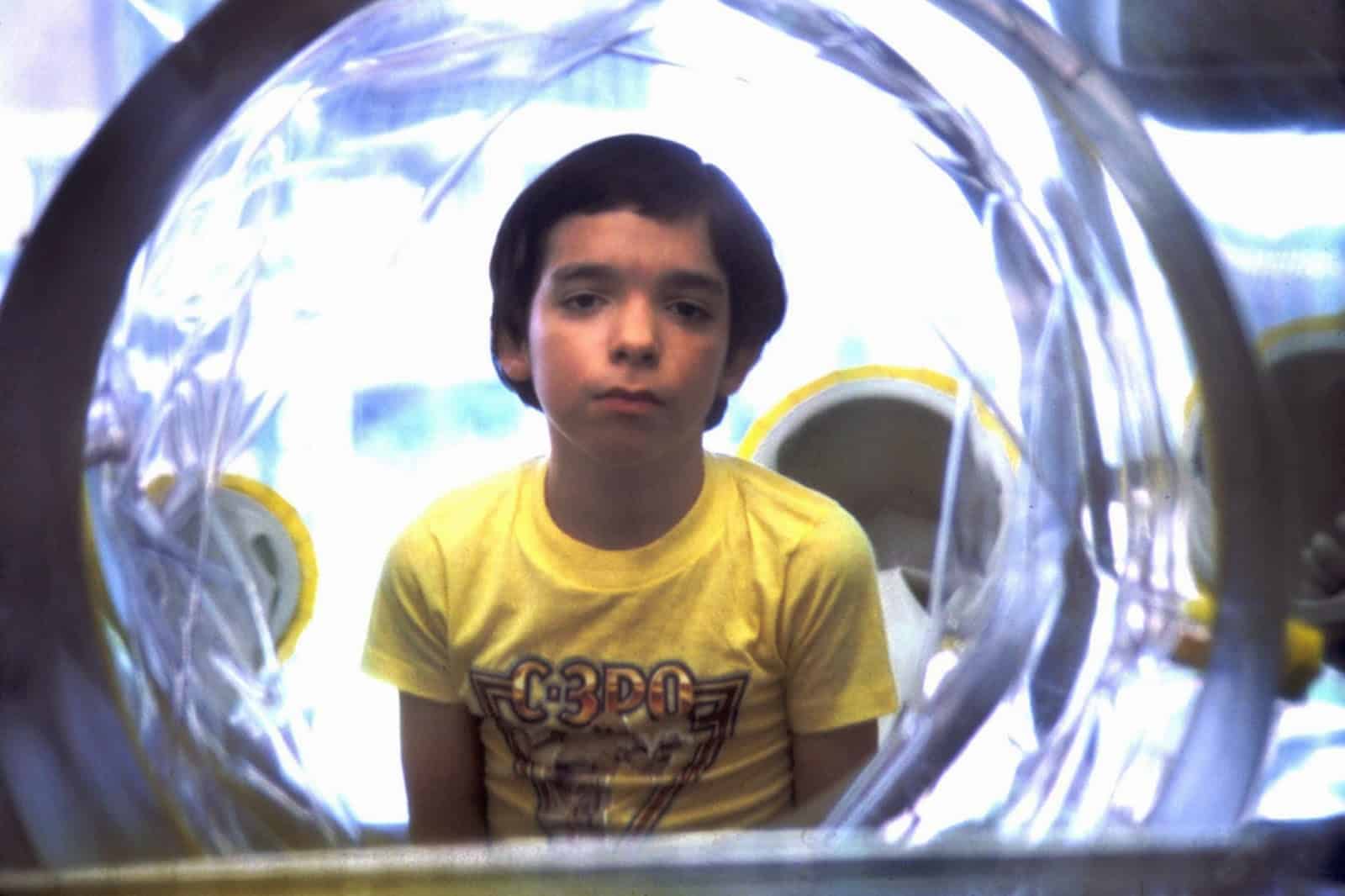Gene Therapy Might Provide Cure for Bubble Baby Disease
Hope for children forced to live in a bubble?
Severe Combined Immunodeficiency (SCID) is a cruel inherited condition leaves sufferers with no immune system to fight away germs – meaning they have to live in protective sterile bubbles so they can’t be infected.
The children usually die before their second birthday and even with the best available treatment (a stem cell transplant), around 30 percent of children end up dying by the age of 10.
And now, after decades of research, doctors now believe they have created a cure for severe combined immunodeficiency (SCID). Six out of seven infants treated using a newly crafted gene-based therapy already are out of the hospital and leading normal childhoods at home with family, said lead researcher Dr. Ewelina Mamcarz, an assistant member of the faculty in the Bone Marrow Transplant Department at St. Jude Children’s Research Hospital in Memphis, Tenn.

The patients in the study were all born with the inherited X-linked SCID, which is limited to boys as it’s triggered by a genetic defect in the male X chromosome.
“They left the hospital after four to six weeks and we’re following these babies on an outpatient basis,” Mamcarz said. The last infant is barely six weeks past treatment, and his immune system is still in the process of constructing itself.
“If they get all of their immune cells and the stem cells are lasting long-term, this is for all intents and purposes a cure,” said Hoggatt, who was not involved with the study. “This isn’t a repeated treatment. You do this once and you’re done.”
The new treatment uses an inactivated form of HIV to introduce genetic changes into the patient’s bone marrow cells. These changes fix the bone marrow so it starts doing its job, pumping out all three types of immune cells, explained senior researcher Dr. Brian Sorrentino, director of the Experimental Hematology Division at St. Jude Children’s Research Hospital.
Researchers chose HIV as their vehicle because the virus naturally evolved to effortlessly infect human immune cells, “so we’re co-opting this property for our own purposes,” Sorrentino said.
“The initial results also suggest our approach is fundamentally safer than previous attempts,” said Dr. Mamcarz.
At first glance, the treatment is being viewed as a possible cure. But, more work is needed — specifically, the babies need to be monitored to ensure they remain stable with no side effects. Their response to vaccination will also need to be tracked.
“Our oldest patient is now at about 15 months, and our youngest one is just several months,” Sorrentino said. “We definitely need more follow-up time, to understand more about them. But based on what we’re seeing at this early point, we think it’s got a good chance of being a permanent fix.“






























